As the largest interface on a motherboard, the PCI-E interface has become widely used and is significantly different from older standards like PCI and AGP. Today, I’ll take a closer look at the differences between these interfaces and how they’ve evolved over time.
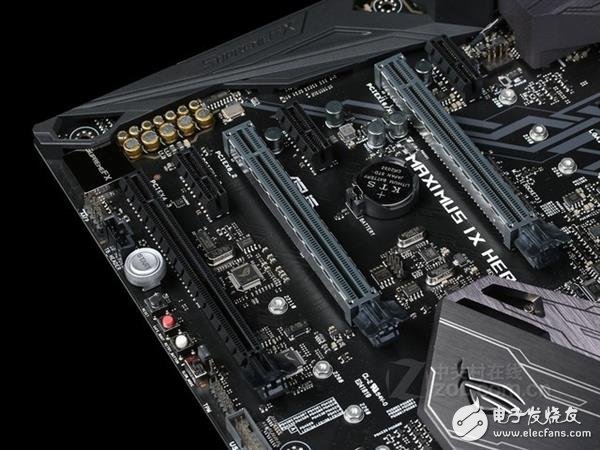
The PCI-E interface is one of the most common standards found on modern motherboards. It’s primarily used for connecting high-performance devices that need direct communication with the CPU, such as discrete graphics cards. This allows the system to deliver more powerful graphical performance, especially when the integrated graphics are insufficient.
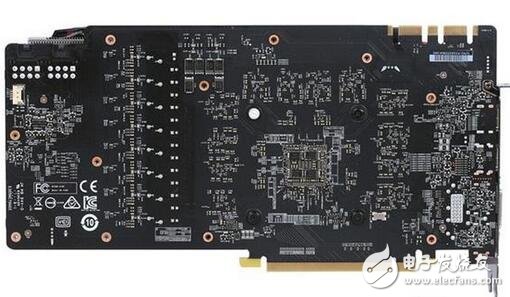
One of the most recognizable uses of PCI-E is in graphics cards, but it's also commonly used for solid-state drives (SSDs), particularly those using the NVMe protocol. These SSDs connect via the PCI-E bus, allowing them to achieve much higher speeds compared to traditional SATA-based drives.
**PCI Interface**
The PCI (Peripheral Component Interconnect) bus was introduced in 1992 as an improvement over the older ISA bus. It operates at 33MHz with a 32-bit data width, giving it a theoretical bandwidth of 133MB/s. Later, PCI-X versions improved upon this by increasing the frequency and data width, reaching up to 533MB/s.

**AGP Interface**
AGP (Accelerated Graphics Port) was developed specifically for graphics cards. Unlike PCI, which can support multiple devices, AGP is a dedicated port designed for high-speed communication between the GPU and the CPU. It started at 66MHz and eventually reached 8X speed, providing a peak bandwidth of 2.1GB/s.
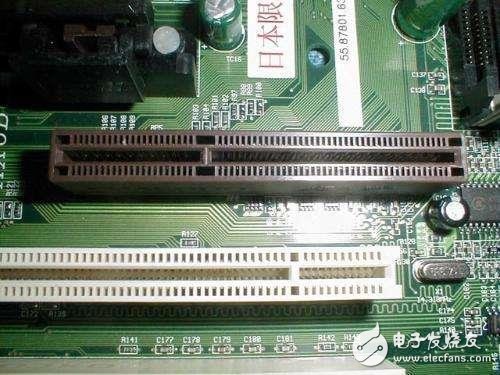
**PCI-E Interface**
PCI-E (Peripheral Component Interconnect Express) represents a major shift from the parallel architecture of PCI and AGP to a high-speed serial interface. This change allows for much greater bandwidth and scalability. The standard supports various widths—such as x1, x4, x8, and x16—with x16 being the most common for graphics cards.
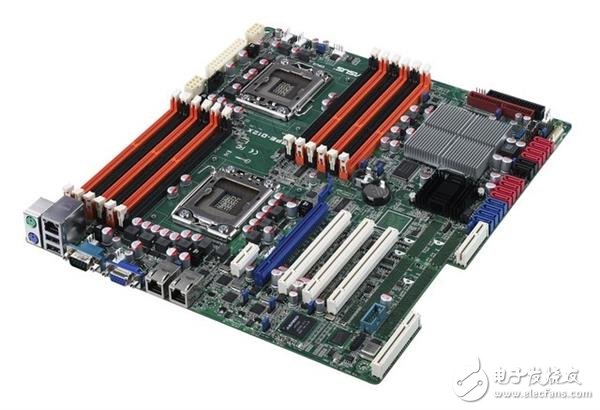
The first version of PCI-E (1.0) operated at 2.5 GT/s, with a single lane offering around 250MB/s. As the standard evolved, each new version increased the speed, with PCIe 3.0 reaching 8 GT/s and offering a theoretical bandwidth of 32 GB/s for x16 lanes. This makes it far superior to both PCI and AGP in terms of performance and flexibility.
**NVMe SSDs and PCI-E**
Modern NVMe SSDs use the PCI-E interface, typically through the M.2 slot or U.2 connector. These drives leverage the high bandwidth of PCI-E 3.0 x4 to deliver read and write speeds that far exceed traditional SATA SSDs. Some models can reach up to 3.5 GB/s, making them ideal for high-performance computing and gaming systems.
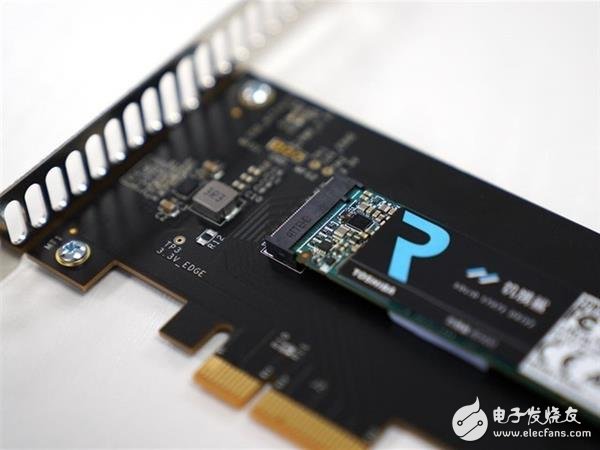
In conclusion, while PCI and AGP have largely been replaced by PCI-E, understanding their differences helps us appreciate how far computer hardware has come. Today, PCI-E remains the dominant interface, offering unmatched speed and versatility for a wide range of devices—from graphics cards to fast storage solutions.
Turntable And Motor For Display And Toy
Turntable and Motor for Display and children toys
Turntable Motor,Toy Display,Record Player Motor
AST Industry Co.,LTD , https://www.astsoundchip.com